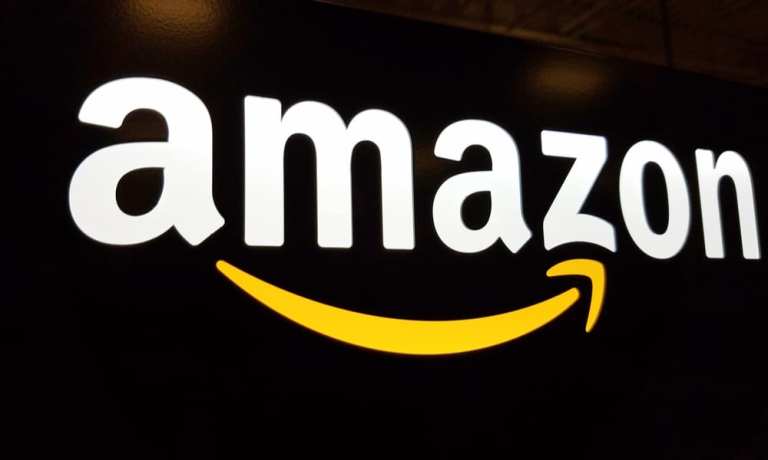
Amazon squared off against Apple on Thursday (Aug. 27) in dramatic fashion. The marketplace powerhouse entered the wearables market with a wristband device that tracks various health performance indicators, allows for third-party integrations and also puts Amazon deeper into the subscriptions and services arena.
Dubbed Halo, the project had been kept tightly wrapped in Seattle. No leaks were reported in the press, adding to the weight of the announcement. Halo will directly compete with Apple Watch as well as Fitbit and other wearables on the market. The move also puts Amazon back into the device market.
“Despite the rise in digital health services and devices over the last decade, we have not seen a corresponding improvement in population health in the U.S. We are using Amazon’s deep expertise in artificial intelligence and machine learning to offer customers a new way to discover, adopt and maintain personalized wellness habits,” said Dr. Maulik Majmudar, principal medical officer, Amazon Halo, in a statement. “Health is much more than just the number of steps you take in a day or how many hours you sleep. Amazon Halo combines the latest medical science, highly accurate data via the Halo Band sensors, and cutting-edge artificial intelligence to offer a more comprehensive approach to improving your health and wellness.”
The suite of products is driven by artificial intelligence (AI). The Halo wristband combines with an app, branded with the same name. The initial membership package is available immediately with the device at a price of $64.99.
As it does with all of its offerings, Amazon is focusing on the customer experience as well as technology. It is pitching the device as more comfortable, absent a big screen and constant notifications. Built into the device are an accelerometer for measuring activity, a temperature sensor, a heart rate monitor, two microphones, an LED indicator light and a button to control the microphones.
The suite is also more ambitious than other wellness devices and apps. In addition to measuring movement, heart rate and sleep patterns, Halo will also measure body fat, which is normally done with more sophisticated medical tools. It claims to be able to take the measurement via computer vision and machine learning. The microphones are built in to measure voice tone, also enabled by machine learning.
Perhaps the most ambitious feature of the app is called Labs, which is where third-party integration can take place. According to a statement from Amazon: “Amazon Halo Labs are science-backed challenges, experiments and workouts that allow customers to discover what works best for them specifically, so they can build healthier habits — for example, some customers might discover that cutting out afternoon caffeine improves their sleep quality, or that a certain type of at-home workout is more effective than others. Customers can choose from labs created by Amazon Halo experts, as well as brands and personalities they already know, including 8fit, Aaptiv, American Heart Association, Exhale On Demand, Harvard Health Publishing, Headspace, Julian Treasure, Lifesum, Mayo Clinic, Openfit, Orangetheory Fitness, P.volve, Russell Wilson, Relax Melodies, SWEAT and WW. Additional content from more providers will be added to Labs regularly.”
WW (formerly Weight Watchers) is already a partner. Members can use Halo to link their WW accounts and the WW app to translates to FitPoints. WW says it will offer exclusive promotions, including a free Halo Band and six months of membership, as part of signing up for WW.
Amazon also addressed privacy concerns in its announcement on Thursday.
“Privacy is foundational to Amazon Halo, and multiple layers of privacy and security are built into the service to keep data safe and in customers’ control,” the company said. “Health data is encrypted in transit and in the cloud, and customers can download or delete their data at any time directly from the app. Body scan images are automatically deleted from the cloud after processing, so only the customer sees them. Tone is enabled by creating a personal voice profile, after which it begins capturing short samples of speech and providing insights and daily recaps. Speech samples are always analyzed locally on the customer’s phone and automatically deleted after processing — nobody, not even the customer, ever hears them.”